|
The United States entered World War II after December 7, 1941, when Japanese carrier-based aircraft destroyed our warships and airfields at Pearl Harbor, Hawaii. At the same time, they attacked United States, British, Dutch and Australian targets all over the western Pacific Ocean with overwhelming force. The British battleship Prince of Wales and the heavy cruiser Repulse were destroyed three days later. A ragtag fleet of smaller Allied warships was crushed at the Battle of the Java Sea on February 27, 1942. Scattered and discouraged, remaining Allied ships retreated south to Australia. The Dutch minesweeper Abraham Crijnssen (CRANE son) was a little boat: 184 feet long, 25 feet wide (56m X 7.5m). She mounted a small cannon and a few machine guns, and she was slow—not a match for any Japanese warship or airplane. Her captain, Commander Anthonie van Miert, called “all hands” for a meeting. Rather than scuttle the boat and surrender, he meant to escape. The chances were slim. He wanted only a crew of volunteers and allowed most of the crew to leave. Two other minesweepers set out to escape before him as his volunteers covered the Crijnssen with camouflage netting. He caught up with them next morning but they weren’t camouflaged, and van Miert steamed on to another anchorage. A wise choice: both minesweepers were spotted by Japanese aircraft. Neither survived. Van Miert couldn’t be caught in the open! His crew repainted the hull to look like shore rocks. Before dawn each morning they pushed up against a jungle island to cut fresh tree branches and foliage. They tied the greenery to the masts and stuck it into the netting. They sat through the day disguised as an innocent island. When night came the little vessel steamed south. She rushed through dangerous, narrow straits then slowed down to save fuel. No lights, all her portholes covered, her lookouts sharp and worried. Toward morning, they found a new island and rigged a new disguise. For eight days the lonely little ship steamed at night and became an island during the day. On March 15, 1942, she docked in Geraldton, Australia. The Crijnssen escaped and survived World War II. Commander van Miert and nine crew members received the Dutch Navy’s Cross of Merit for courage, and for imagination. Today you can visit the tough little island . . . er, ship, at the naval museum in Dan Helder, Netherlands. 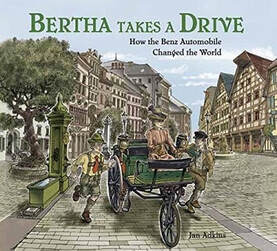 Adkins' latest book is about the first drive in an automobile. The wife of the inventor took her kids to see their grandparents. Learn more about it here. The author/illustrator is a member of iNK's Authors on Call and is available for classroom programs through Field Trip Zoom, a terrific technology that requires only a computer, wifi, and a webcam. Click here to find out more.
0 Comments
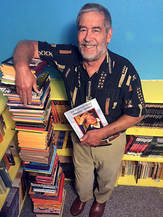  In 1983, shortly before she became America’s first female astronaut to participate in a mission, Sally Ride faced a press conference. Reporters raised questions they would never have asked a man. “Will the flight affect your reproductive organs?” one inquired. “Do you weep when things go wrong on the job?” queried another. A third wondered, “Will you wear makeup and a bra in space?” Tonight Show host Johnny Carson joked that the flight was delayed because Sally had to find a purse that matched her shoes. It wasn’t just U.S. media. The Soviet Union had already sent two women into space. When one of them arrived at the space station, a male cosmonaut (the Soviet term for astronauts) said, “An apron is waiting for you in the kitchen.” By this point, Sally had mastered parachute jumping, water survival, coping with weightlessness and the massive G-forces from a rocket launch, and other highly demanding skills. She flew jet planes. She had a Ph.D. degree in physics from Stanford, one of the nation’s top universities. She helped develop a robotic arm for use on the space shuttle. She was a nationally ranked tennis player who decided not to turn pro because she preferred science. The general public seemed more accepting. On launch day at Florida’s Cape Canaveral, thousands of people wore “Ride, Sally, Ride!” T-shirts, from the lyrics of the pop song “Mustang Sally.” The mission went flawlessly, and Sally flew again the following year. She was scheduled for a third flight in 1986, but it was scrubbed when the Challenger space shuttle blew up. Sally left the space program soon afterward. She was passionate about encouraging young people—especially girls—to become involved in STEM (Science, Technology, Engineering, Math). Here are some of the things she did toward that achieving that goal.
Sadly, Sally Ride died of cancer in 2012 at the age of 61. Shortly afterward, President Barack Obama awarded her the Presidential Medal of Freedom. It is the nation’s highest civilian honor. To find information on many of Jim Whiting's books, click here. MLA 8 Citation
Whiting, Jim. "'Ride, Sally, Ride!'" Nonfiction Minute, iNK Think Tank, 14 May 2018, www.nonfictionminute.org/the-nonfiction-minute/Ride-Sally-Ride.  Dorothy gently holds a baby Tasmanian devil at Trowunna Wildlife Preserve on Tasmania Dorothy gently holds a baby Tasmanian devil at Trowunna Wildlife Preserve on Tasmania Have you ever heard of the Tasmanian devil? It’s actually nothing like the cartoon version—the real devil is a black animal with white markings that’s smaller than a cocker spaniel, and it’s in trouble. The Tasmanian devil once lived on the continent of Australia but now survives in the wild only on the island state of Tasmania, just off Australia’s south coast. It’s the largest surviving marsupial carnivore in the world. A marsupial’s young develop in a pouch on their mother’s belly rather than in a uterus inside their mother’s body. Other than females with young, the devils are solitary, living in a burrow in the ground during the day and coming out at dusk to feed. Devils can hunt for prey but much of their diet consists of dead animals—carrion--such as road-killed wallabies and wombats. A disease spreading across the island since 1996 has decimated the devil population. Scientists and wildlife managers are working hard in an effort to study and protect this unique species. The killer, called Devil Facial Tumor Disease (DFTD), is unusual. It’s not caused by a virus or by bacteria. It’s a form of cancer that began with a single devil, and it can spread from one animal to another. Devils will bite each other as they fight over carrion, and the cancer cells on the face of one devil can infect another as they fight. Normally, an animal’s body can recognize cells that aren’t its own and destroy them. But DFTD cells protect themselves from being “discovered,” as if wearing an invisibility cloak. They invade their victims’ bodies and eventually kill them. DFTD spread so fast and killed so many devils that the government and scientists feared that the Tasmanian devil would become extinct in the wild. They established disease-free colonies in captivity on the Australian mainland and on Tasmania and studied the cancer in laboratories. Now, the devil is making a comeback—there’s a vaccine that provides some protection to captive devils that have been released in the wild, and ecologists have found that some wild devils are able to fight the disease on their own. Meanwhile, another kind of facial tumor disease has appeared. It’s spreading more slowly, but biologists and the devils still have a lot to deal with. You can learn more from the Save the Tasmanian Devil Program .
 This is Dorothy's book, Saving the Tasmanian Devil, as part of the Scientists in the Field Series. Read Vicki Cobb's review of this wonderful book. |
*NEWS
|
For Vicki Cobb's BLOG (nonfiction book reviews, info on education, more), click here: Vicki's Blog
The NCSS-CBC Notable Social Studies Committee is pleased to inform you
that 30 People Who Changed the World has been selected for Notable Social Studies Trade Books for Young People 2018, a cooperative project of the National Council for the Social Studies (NCSS) & the Children’s Book Council
Categories
All
Abolitionists
Adams Janus
Adaptation
Adaptations
Adkins Jan
Advertising
Aerodynamics
Africa
African American History
African Americans
Africa West
Agriculture
Aircraft
Air Pilots
Air Pressure
Air Travel
Albee Sarah
Alchemy
Alligators
Allusion
American History
American Icons
Amphibians
Amundsen Roald
Anatomy
Ancient
Ancient Cultures
Anderson Marian 1897-1993
Animal Behavior
Animal Experimentation
Animal Intelligence
Animals
Animation
Antarctica
Ants
Apache Indians
Apes
April Fool's Day
Architecture
Argument
Arithmetic
Art
Art Deco
Artists
Arts
Asia
Astronauts
Astronomy
Athletes
Atomic Theory
Audubon Societies
Authors
Autobiography
Automobiles
Aviation
Awards
Bacteria
Baseball
Battuta Ibn
Bears
Beatles
Beavers
Bees
Biodegradation
Biography
Biology
Biomes
Biomimicry
Biplanes
Birds
Black Death
Black History
Blindness
Blizzards
Bombs
Bonaparte Napoleon
Boone Daniel
Botany
Brazil
Bridges
Brill Marlene Targ
Brooklyn Bridge
Brown John
Buffaloes
Building Materials
Butterflies
Caesar
Caesar Julius
Caissons
Calculus
Calendars
Cannibal
Capitals
Caravaggio
Carbon Dioxide
Carnivores
Carson Mary Kay
Cartoons & Comics
Carving (Decorative Arts)
Cascade Range
Castaldo Nancy
Castles
Castrovilla Selene
Cathedrals
Cats
Caves
Celts
Cemeteries
Chemistry
Children's Authors
Child Welfare
China
Choctaw Indians
Christmas
Chronometers
Cicadas
Cinco De Mayo
Ciphers
Circle
Citizenship
Civil Rights
Civil Rights Movements
Civil War
Civil War - US
Climate
Climate Change
Clocks And Watches
Clouds
Cobb Vicki
COBOL (Computer Language)
Code And Cipher Stories
Collard III Sneed B.
Collectors And Collecting
Color
Commerce
Communication
Competition
Compilers
Composers
Computers
Congressional Gold Medal
Consitution
Contests
Contraltos
Coolidge Calvin
Cooling
Corms
Corn
Counterfeiters
Covid-19
Crocodiles
Cryptography
Culture
Darwin Charles
Declaration Of Independence
Decomposition
Decompression Sickness
Deep-sea Animals
Deer
De Medici Catherine
Design
Detectives
Dickens Charles
Disasters
Discrimination
Diseases
Disney Walt
DNA
Dogs
Dollar
Dolphins
Douglass Frederick 1818-1895
Droughts
Dr. Suess
Dunphy Madeleine
Ear
Earth
Earthquakes
Ecology
Economics
Ecosystem
Edison Thomas A
Education
Egypt
Eiffel-gustave-18321923
Eiffel-tower
Einstein-albert
Elephants
Elk
Emancipationproclamation
Endangered Species
Endangered-species
Energy
Engineering
England
Englishlanguage-arts
Entomology
Environmental-protection
Environmental-science
Equinox
Erie-canal
Etymology
Europe
European-history
Evolution
Experiments
Explorers
Explosions
Exports
Extinction
Extinction-biology
Eye
Fairs
Fawkes-guy
Federalgovernment
Film
Fires
Fishes
Flight
Floods
Flowers
Flute
Food
Food-chains
Foodpreservation
Foodsupply
Food-supply
Football
Forceandenergy
Force-and-energy
Forensicscienceandmedicine
Forensic Science And Medicine
Fossils
Foundlings
France
Francoprussian-war
Freedom
Freedomofspeech
French-revolution
Friction
Frogs
Frontier
Frontier-and-pioneer-life
Frozenfoods
Fugitiveslaves
Fultonrobert
Galapagos-islands
Galleys
Gametheory
Gaudi-antoni-18521926
Gender
Generals
Genes
Genetics
Geography
Geology
Geometry
Geysers
Ghosts
Giraffe
Glaciers
Glaucoma
Gliders-aeronautics
Global-warming
Gods-goddesses
Gold-mines-and-mining
Government
Grant-ulysses-s
Grasshoppers
Gravity
Great-britain
Great-depression
Greece
Greek-letters
Greenberg Jan
Hair
Halloween
Handel-george-frederic
Harness Cheryl
Harrison-john-16931776
Health-wellness
Hearing
Hearing-aids
Hearst-william-randolph
Henry-iv-king-of-england
Herbivores
Hip Hop
History
History-19th-century
History-france
History-world
Hitler-adolph
Hoaxes
Holidays
Hollihan Kerrie Logan
Homestead-law
Hopper-grace
Horses
Hot Air Balloons
Hot-air-balloons
Housing
Huguenots
Human Body
Hurricanes
Ice
Icebergs
Illustration
Imagery
Imhotep
Imperialism
Indian-code-talkers
Indonesia
Industrialization
Industrial-revolution
Inquisition
Insects
Insulation
Intelligence
Interstatecommerce
Interviewing
Inventions
Inventors
Irrational-numbers
Irrigation
Islands
Jacksonandrew
Jazz
Jeffersonthomas
Jefferson-thomas
Jemisonmae
Jenkins-steve
Jet-stream
Johnsonlyndonb
Jokes
Journalism
Keeling-charles-d
Kennedyjohnf
Kenya
Kidnapping
Kingmartinlutherjr19291968
Kingmartinlutherjr19291968d6528702d6
Kings-and-rulers
Kings Queens
Kings-queens
Koala
Labor
Labor Policy
Lafayette Marie Joseph Paul Yves Roch Gilbert Du Motier Marquis De 17571834
Landscapes
Languages-and-culture
Law-enforcement
Layfayette
Levers
Levinson Cynthia
Lewis And Clark Expedition (1804-1806)
Lewis Edmonia
Liberty
Lift (Aerodynamics)
Light
Lindbergh Charles
Liszt Franz
Literary Devices
Literature
Lizards
Longitude
Louis XIV King Of France
Lumber
Lunar Calendar
Lynching
Macaws
Madison-dolley
Madison-james
Madison-james
Mammals
Maneta-norman
Maneta-norman
Marathon-greece
Marine-biology
Marine-biology
Marines
Marsupials
Martial-arts
Marx-trish
Mass
Massachusetts-maritime-academy
Mass-media
Mastodons
Mathematics
May-day
Mcclafferty-carla-killough
Mcclafferty-carla-killough
Mckinley-william
Measurement
Mechanics
Media-literacy
Media-literacy
Medicine
Memoir
Memorial-day
Metaphor
Meteorology
Mexico
Mickey-mouse
Microscopy
Middle-west
Migration
Military
Miners
Mississippi
Molasses
Monarchy
Monsters
Montgomery
Montgomery-bus-boycott-19551956
Montgomery-heather-l
Monuments
Moon
Moran-thomas
Morsecode
Morsesamuel
Moss-marissa
Moss-marissa
Motion
Motion-pictures
Mummies
Munro-roxie
Munro-roxie
Musclestrength
Museums
Music
Muslims
Mythologygreek
Nanofibers
Nanotechnology
Nathan-amy
Nathan-amy
Nationalfootballleague
Nationalparksandreserves
Nativeamericans
Native-americans
Native-americans
Naturalhistory
Naturalists
Nature
Nauticalcharts
Nauticalinstruments
Navajoindians
Navigation
Navy
Ncaafootball
Nervoussystem
Newdeal19331939
Newman-aline
Newman-aline
Newton-isaac
New-york-city
Nobelprizewinners
Nomads
Nonfictionnarrative
Nutrition
Nylon
Nymphs-insects
Oaths Of Office
Occupations
Ocean
Ocean-liners
Olympics
Omnivores
Optics
Origami
Origin
Orphans
Ottomanempire
Painters
Painting
Paleontology
Pandemic
Paper-airplanes
Parksrosa19132005
Parrots
Passiveresistance
Patent Dorothy Hinshaw
Peerreview
Penguins
Persistence
Personalnarrative
Personification
Pets
Photography
Physics
Pi
Pigeons
Pilots
Pinkertonallan
Pirates
Plague
Plains
Plainsindians
Planets
Plantbreeding
Plants
Plastics
Poaching
Poetry
Poisons
Poland
Police
Political-parties
Pollen
Pollution
Polo-marco
Populism
Portraits
Predation
Predators
Presidentialmedaloffreedom
Presidents
Prey
Prey-predators
Prey-predators
Prime-meridian
Pringle Laurence
Prohibition
Proteins
Protestandsocialmovements
Protestants
Protestsongs
Punishment
Pyramids
Questioning
Radio
Railroad
Rainforests
Rappaport-doreen
Ratio
Reading
Realism
Recipes
Recycling
Refrigerators
Reich-susanna
Religion
Renaissance
Reproduction
Reptiles
Reservoirs
Rheumatoidarthritis
Rhythm-and-blues-music
Rice
Rivers
Roaringtwenties
Roosevelteleanor
Rooseveltfranklind
Roosevelt-franklin-d
Roosevelt-theodore
Running
Russia
Safety
Sanitation
Schwartz David M
Science
Scientificmethod
Scientists
Scottrobert
Sculpture
Sculpturegardens
Sea-level
Seals
Seals-animals
Secretariesofstate
Secretservice
Seeds
Segregation
Segregationineducation
Sensessensation
September11terroristattacks2001
Seuss
Sextant
Shackletonernest
Shawneeindians
Ships
Shortstories
Silkworms
Simple-machines
Singers
Siy Alexandra
Slavery
Smuggling
Snakes
Socialchange
Social-change
Socialjustice
Social-justice
Socialstudies
Social-studies
Social-studies
Sodhouses
Solarsystem
Sound
Southeast-asia
Soybean
Space Travelers
Spain
Speech
Speed
Spiders
Spies
Spiritualssongs
Sports
Sports-history
Sports-science
Spring
Squirrels
Statue-of-liberty
STEM
Storms
Strategy
Sugar
Sumatra
Summer
Superbowl
Surgery
Survival
Swanson-jennifer
Swinburne Stephen R.
Synthetic-drugs
Taiwan
Tardigrada
Tasmania
Tasmanian Devil
Tasmanian-devil
Technology
Tecumsehshawneechief
Telegraph-wireless
Temperature
Tennis
Terrorism
Thomas Peggy
Thompson Laurie Ann
Time
Titanic
Tombs
Tortoises
Towle Sarah
Transcontinental-flights
Transportation
Travel
Trees
Trung Sisters Rebellion
Tundra
Turnips
Turtles
Typhoons
Underground Railroad
Us-environmental-protection-agency
Us History
Us-history
Ushistoryrevolution
Us History Revolution
Us-history-war-of-1812
Us Presidents
Ussupremecourtlandmarkcases
Vacations
Vaccines
Vangoghvincent
Vegetables
Venom
Vietnam
Viruses
Visual-literacy
Volcanoes
Voting-rghts
War
Warne-kate
Warren Andrea
Washington-dc
Washington George
Water
Water-currents
Wax-figures
Weapons
Weather
Weatherford Carole Boston
Whiting Jim
Wildfires
Winds
Windsor-castle
Wolves
Woman In History
Women
Women Airforce Service Pilots
Women-airforce-service-pilots
Womeninhistory
Women In History
Women-in-science
Women's History
Womens-roles-through-history
Wonder
Woodson-carter-godwin-18751950
World-war-i
World War Ii
World-war-ii
Wright Brothers
Writing
Writing-skills
Wwi
Xrays
Yellowstone-national-park
Zaunders Bo
ArchivesMarch 2021
February 2021
January 2021
December 2020
November 2020
October 2020
September 2020
June 2020
May 2020
April 2020
March 2020
February 2020
January 2020
December 2019
October 2019
September 2019
August 2019
July 2019
May 2019
April 2019
March 2019
February 2019
January 2019
December 2018
November 2018
September 2018
June 2018
May 2018
April 2018
March 2018
February 2018
January 2018
December 2017
November 2017
October 2017
September 2017
March 2017
The NONFICTION MINUTE, Authors on Call, and. the iNK Books & Media Store are divisions of iNK THINK TANK INC.
a 501 (c) (3) nonprofit corporation. To return to the iNK Think Tank landing page click the icon or the link below. :
http://inkthinktank.org/
For more information or support, contact thoughts@inkthinktank.org
For Privacy Policy, go to
Privacy Policy
© COPYRIGHT the Nonfiction Minute 2020.
ALL RIGHTS RESERVED.
This site uses cookies to personalize your experience, analyze site usage, and offer tailored promotions. www.youronlinechoices.eu
Remind me later
Archives
March 2023
February 2023
January 2023
December 2022
November 2022
October 2022
September 2022
June 2022
May 2022
April 2022
March 2022
February 2022
January 2022
December 2021
November 2021
September 2021
April 2021
March 2021
February 2021
November 2020
October 2020
September 2020
June 2020
May 2020
April 2020
March 2020
February 2020
January 2020
October 2019
August 2019
July 2019
May 2019
April 2019
December 2018
September 2018
June 2018
May 2018
March 2018
February 2018
January 2018
December 2017
November 2017
October 2017
September 2017




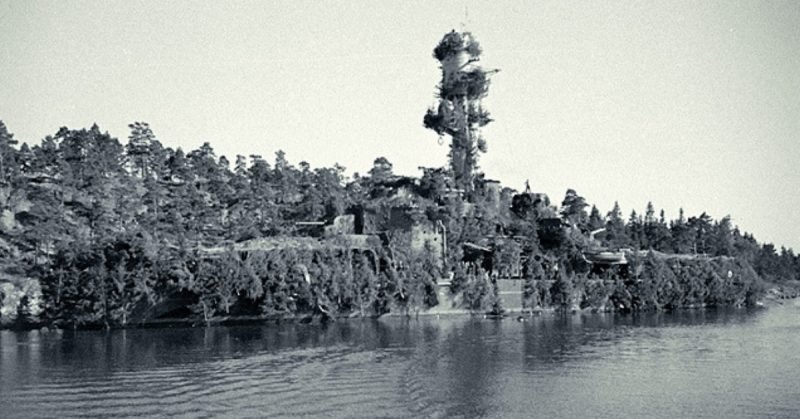








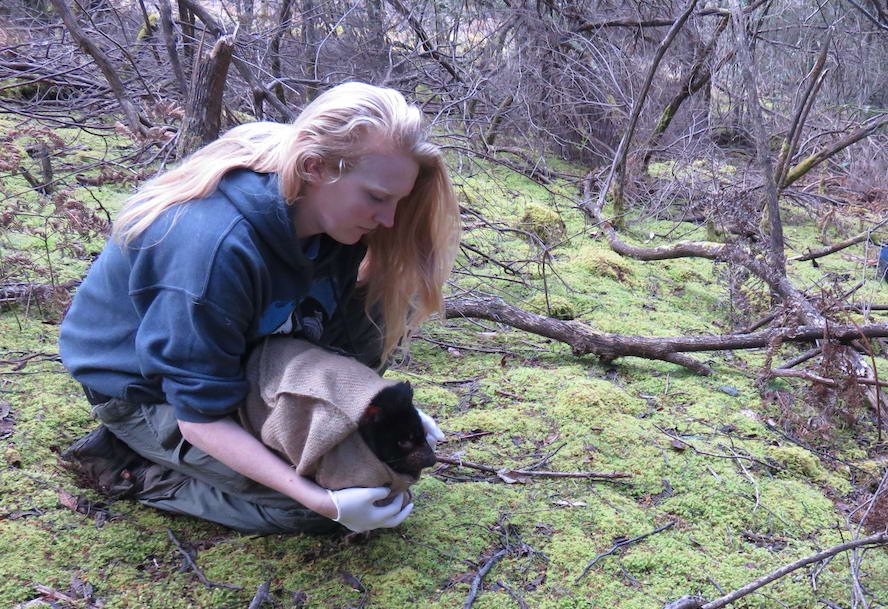


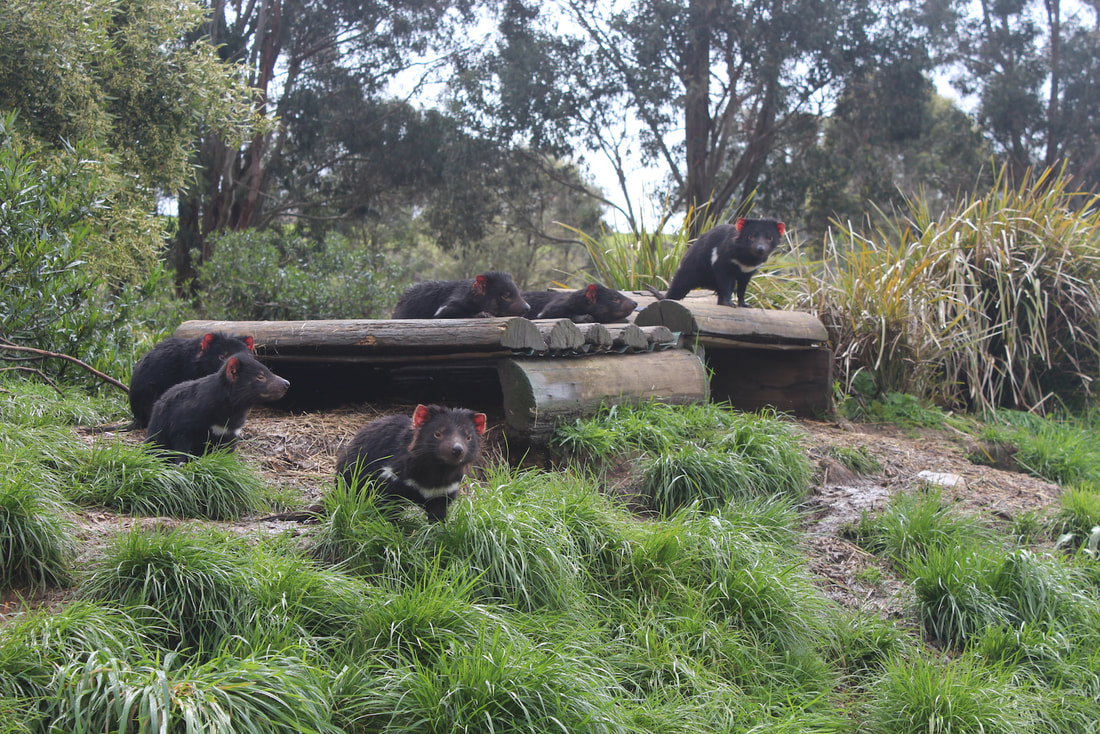
 RSS Feed
RSS Feed
